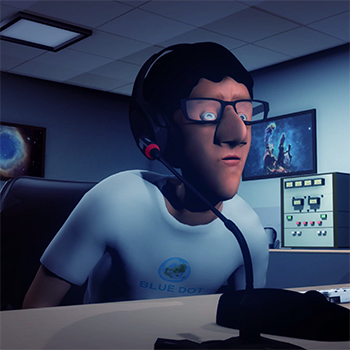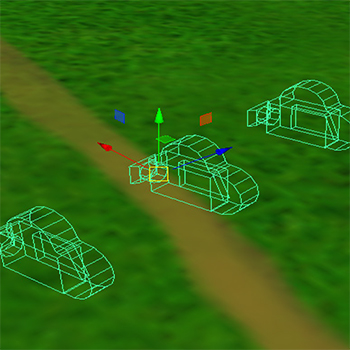Virtual reality has been receiving a wide audience, not just in the commercial scene but also from household consumers. The immersive experience that the medium can of[1]fer has accelerated the growth of the same in visual storytelling, whether it be live-action or animation. The use of a Head Mounted Display (HMD) for viewing purposes has the constraint of limiting the audience within its field of view, and anything that happens in the story has to be experienced by the viewer in real time and with realism, and it should ensure that the audience should not lose track of where to look so that the action is never missed out. This can be achieved through proper storyboarding. The progress of the VR story is different when compared to a normal short film or movie. The audience’s presence and interaction define the next action in the story if it is an interactive story, and if it is a 360° video, the audience needs to know where the action is going to take place so that the entire story is unfolded without confusion. The way a storyboard is done for a VR story is not the same as that followed for a regular frame-based movie. The storyboard artist needs to take the utmost care about the entire 360° of the environment and ensure that the whole set is present and scripted. The actions and triggers should be carefully planned before executing the story. This paper deals with the studies conducted on the topic of storyboarding and animation for VR.









